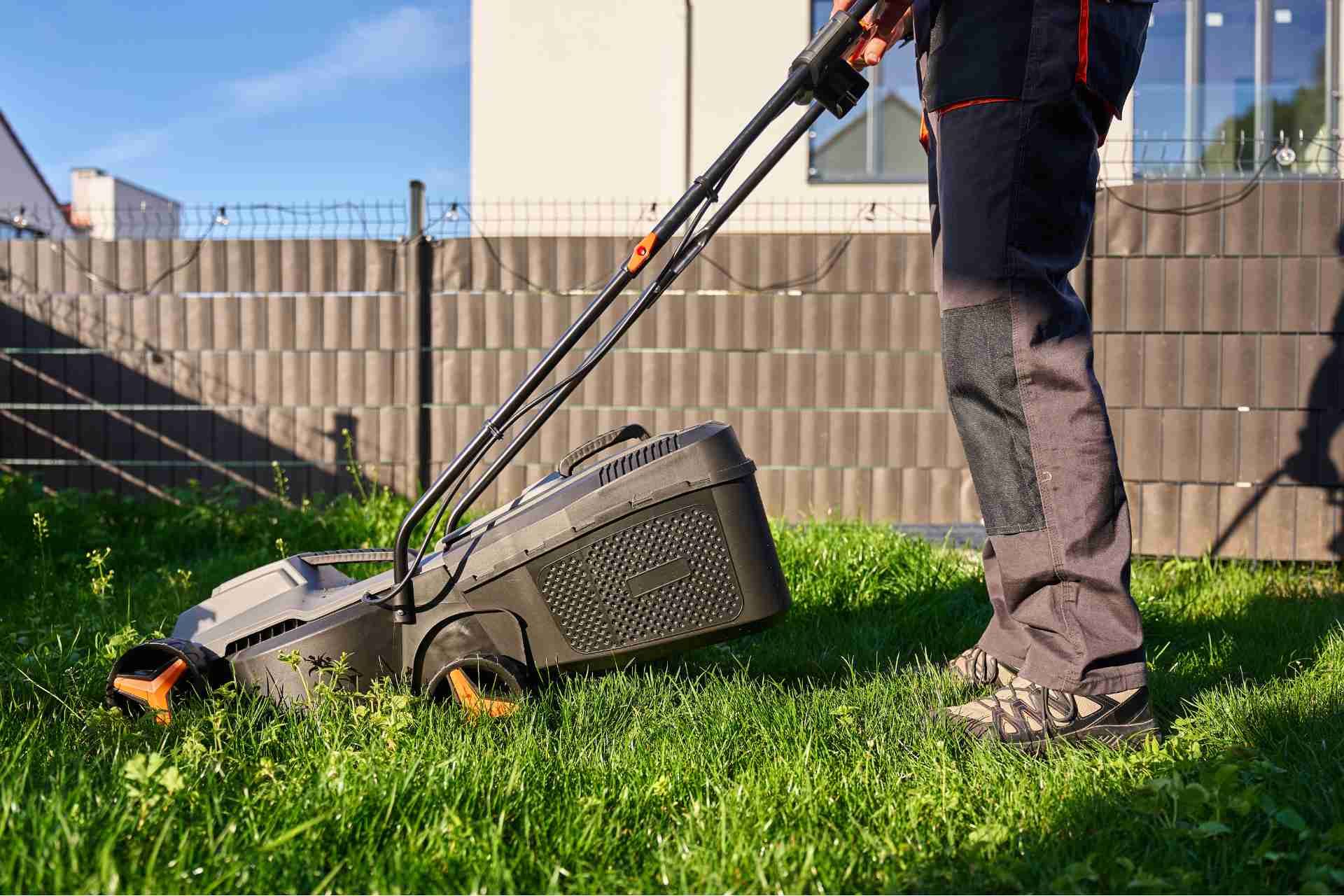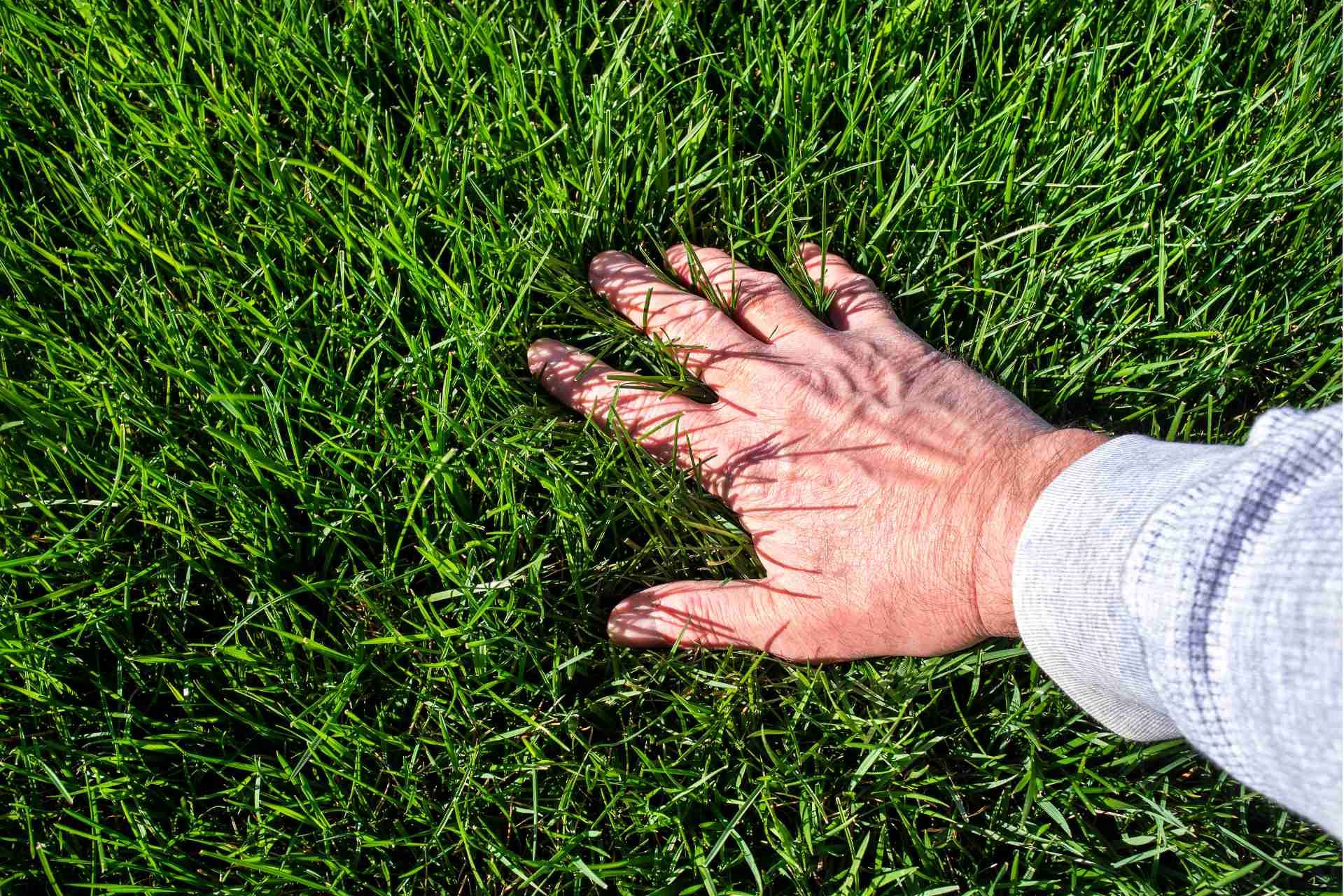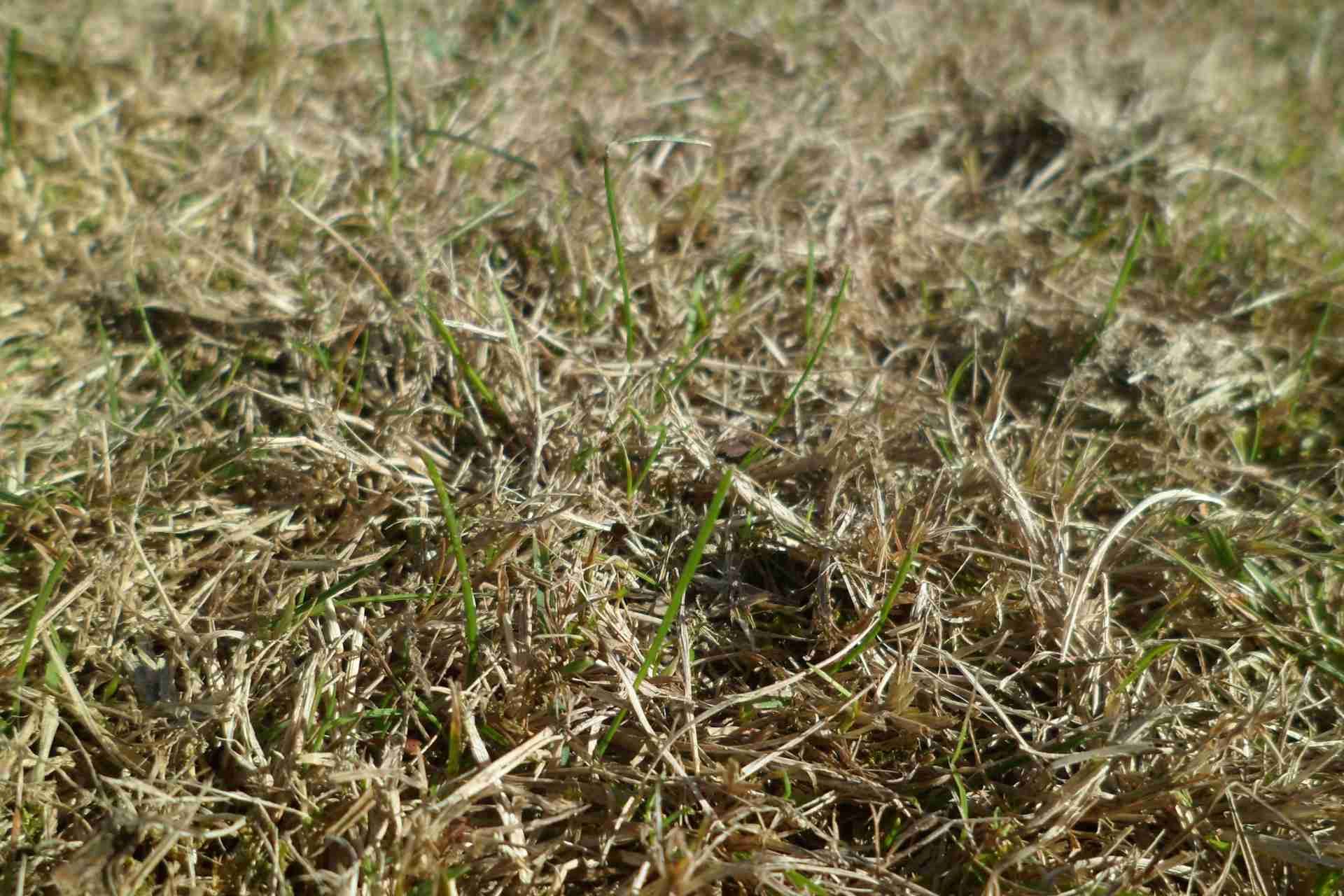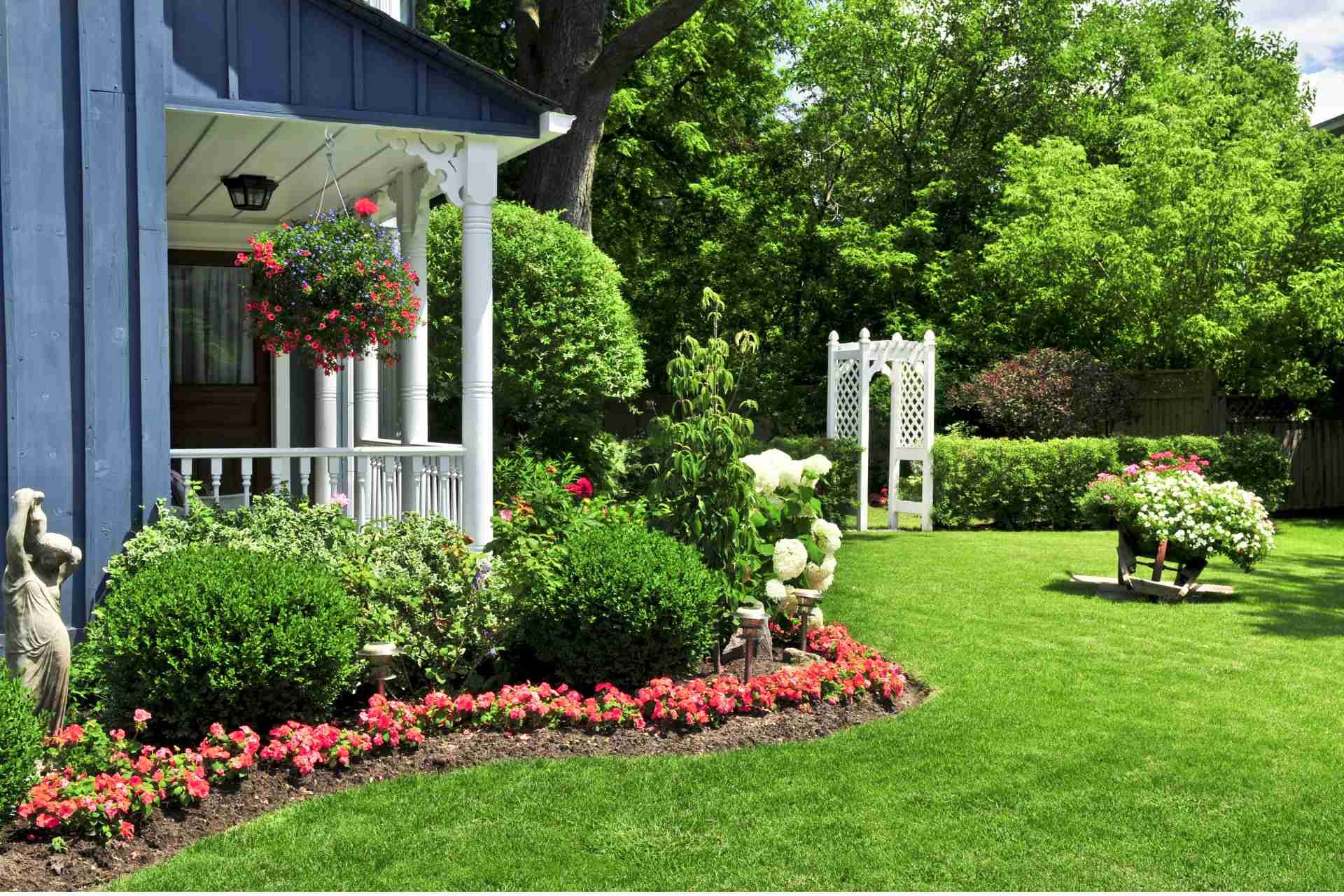What to Know When Choosing the Right Grass for your Lawn
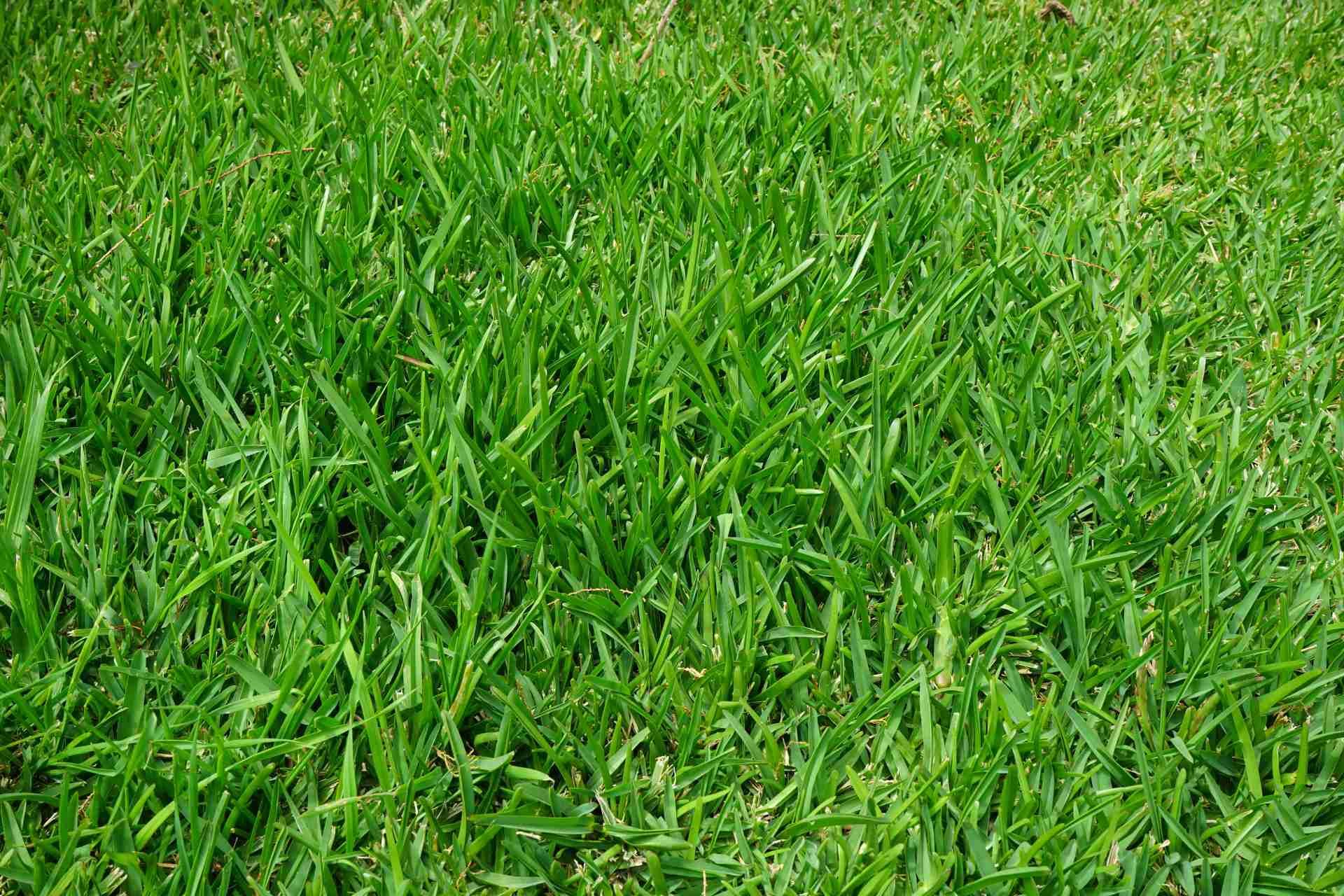
When it comes to selecting the right grass for your lawn, you need to consider several important factors. Your climate zone, soil type, and sunlight exposure all play a crucial role in how well your grass will thrive. Additionally, maintenance requirements and budget constraints can influence your decision. Understanding these elements is key to a successful lawn. So, what specific grass varieties should you explore?
Understanding Your Climate Zone
How can you ensure your lawn thrives? Start by understanding your climate zone. Each region has unique weather patterns that affect grass growth.
Determine whether you're in a cool or warm-season zone—this will guide your grass selection. Cool-season grasses, like Kentucky bluegrass, flourish in northern climates with milder summers, while warm-season varieties, such as Bermuda, thrive in southern areas with hot summers.
Research the average temperatures and rainfall in your area to find the best match for your lawn. Additionally, consider how much sun or shade your yard receives, as this can influence grass type.
Assessing Soil Type and Quality
Your grass selection should also consider the soil type and quality in your yard.
Start by testing your soil to determine its pH, texture, and nutrient levels. Sandy soils drain quickly but may require more frequent watering and fertilization. Clay soils retain moisture but can lead to drainage issues. Loamy soils, a balanced mix of sand, silt, and clay, are ideal for most grass types.
Once you know your soil type, you can choose grass varieties that thrive in those conditions. For instance, some grasses prefer acidic soils, while others do better in alkaline environments.
Evaluating Sunlight and Shade Conditions
While assessing your lawn, it's essential to evaluate sunlight and shade conditions, as these factors significantly influence grass growth and health.
Start by observing how much direct sunlight your lawn receives each day. Full sun grasses thrive in areas with at least six hours of direct sunlight, while partial shade grasses can tolerate three to six hours.
If your lawn has heavy shade, you'll need to consider shade-tolerant varieties that can survive with less light.
Remember, different grass types have different sunlight requirements, so matching the right grass to your specific conditions will lead to a lush, thriving lawn.
Keep in mind that over time, trees or structures may change the light conditions, so reassess periodically.
Considering Maintenance Requirements
When selecting grass for your lawn, it's crucial to consider maintenance requirements, as some varieties demand more attention than others.
If you prefer a low-maintenance option, look for drought-resistant grasses that require minimal mowing and watering.
On the other hand, lush, thick lawns often need regular fertilization, mowing, and pest control, which can be time-consuming and costly.
Think about how much time you can realistically dedicate to lawn care. If you're busy, opt for hardier grasses that can withstand wear and tear.
Remember, the right choice can save you time and effort in the long run, allowing you to enjoy your outdoor space without constant upkeep.
Choose wisely to create a beautiful, manageable lawn.
Choosing Between Cool-Season and Warm-Season Grasses
Understanding the differences between cool-season and warm-season grasses can significantly influence your lawn's health and appearance.
Cool-season grasses thrive in the northern regions, growing best during the cooler months of spring and fall. If you live in a cooler climate, these grasses, like Kentucky bluegrass and fescue, will keep your lawn lush and green.
Conversely, warm-season grasses excel in southern areas, flourishing in the heat of summer. Varieties such as Bermuda and Zoysia are perfect for these regions, as they handle drought and heat better.
Consider your local climate, sun exposure, and lawn usage when choosing. Making the right choice ensures your lawn remains vibrant, resilient, and suited to your environment throughout the year.
Budgeting for Installation and Upkeep
Before you embark on your lawn project, it's essential to budget for both installation and ongoing upkeep. Start by estimating the initial costs, which can include seeds, sod, soil amendments, and tools.
Don't forget to account for potential professional help if you're not going the DIY route.
Once your lawn is in place, consider regular expenses like watering, mowing, fertilizing, and pest control. These costs can add up, so plan accordingly.
It's wise to set aside funds for unexpected issues, such as disease treatment or reseeding.
Exploring Grass Varieties and Their Benefits
How do you choose the right grass variety for your lawn? Start by considering your climate and soil type.
For warm climates, Bermuda grass is drought-resistant and thrives in sunshine, making it perfect for active yards. If you live in a cooler region, Kentucky bluegrass offers a lush, green appearance and good disease resistance.
Fescue grass, on the other hand, is versatile and adapts well to various conditions, providing a fine texture. For shaded areas, consider shade-tolerant varieties like creeping red fescue.
Each grass type has its benefits, so think about how much wear your lawn will get and how much maintenance you're willing to do. Ultimately, the right choice ensures a healthy, vibrant lawn tailored to your needs.
Conclusion
Choosing the right grass for your lawn doesn't have to be overwhelming. By understanding your climate zone, assessing your soil type, and considering sunlight exposure, you can make an informed decision. Don't forget to weigh maintenance requirements and budget constraints while exploring different grass varieties. With the right approach, you'll create a beautiful, healthy lawn that thrives in its environment. So, take your time, do your research, and enjoy the process of transforming your outdoor space!


